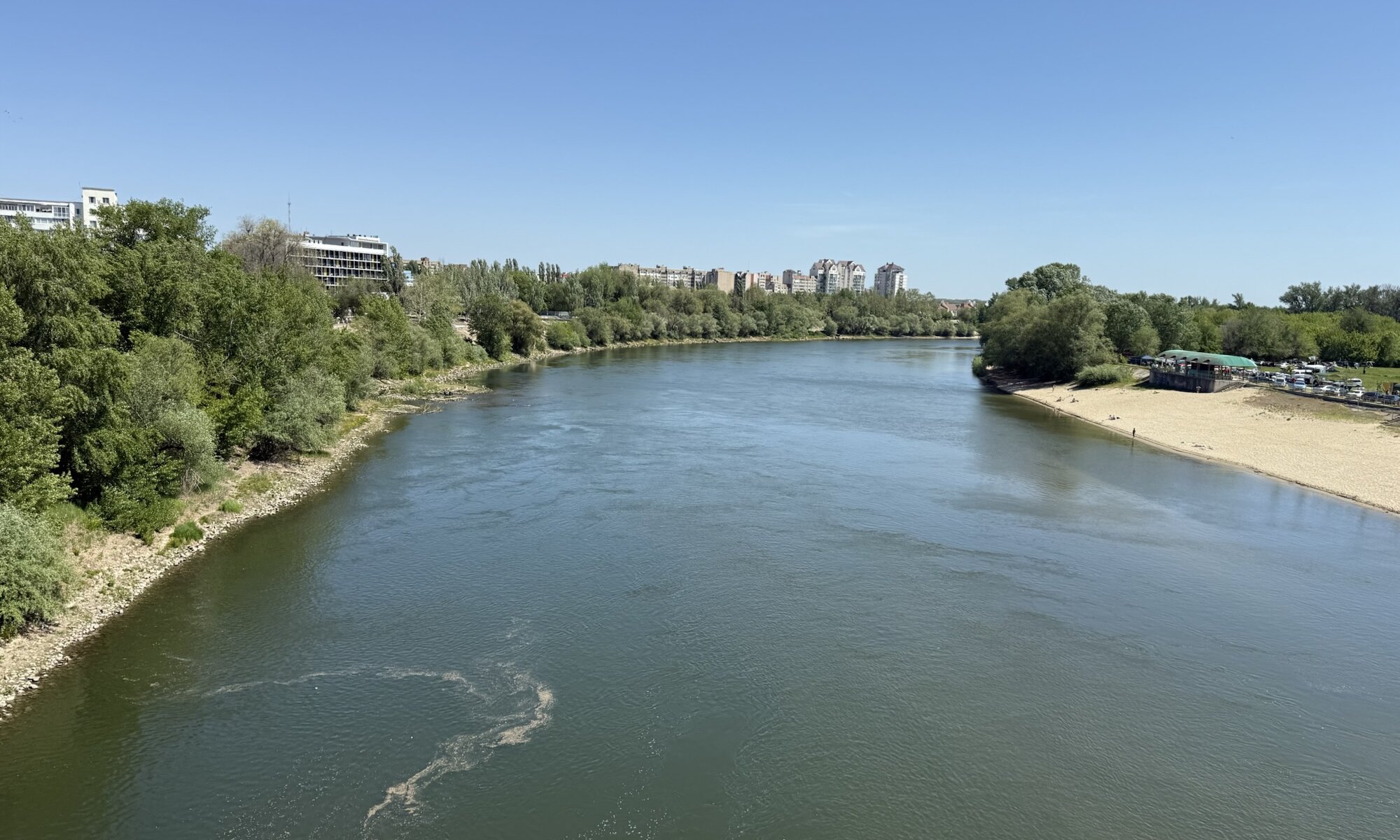Pridnestrovie, also known as Transnistria or officially as the Pridnestrovian Moldavian Republic (PMR), is a narrow strip of land located between the river Dniester and the Ukrainian border. This unrecognized breakaway state declared independence from the Moldavian SSR on September 2, 1990, following tensions that arose during the dissolution of the Soviet Union. The region has historically been a multiethnic borderland where Moldovans, Russians, and Ukrainians make up the majority of the population, and it has been ruled by various powers throughout history, including the Ottoman Empire, Russia, Ukraine, and the Soviet Union.
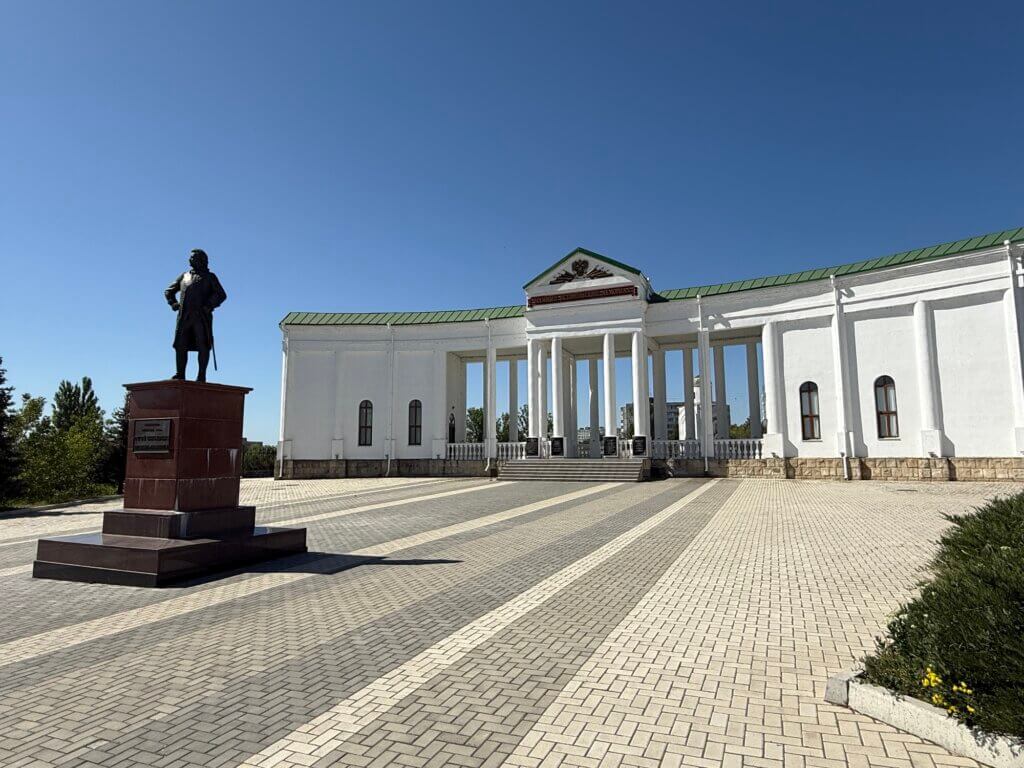
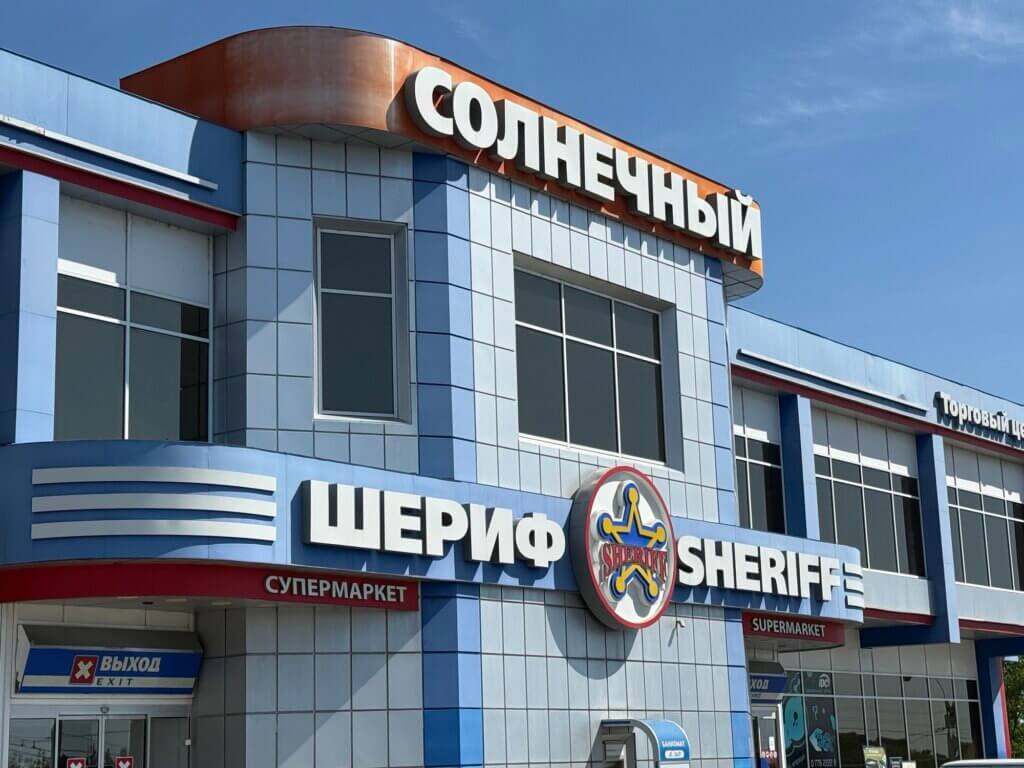
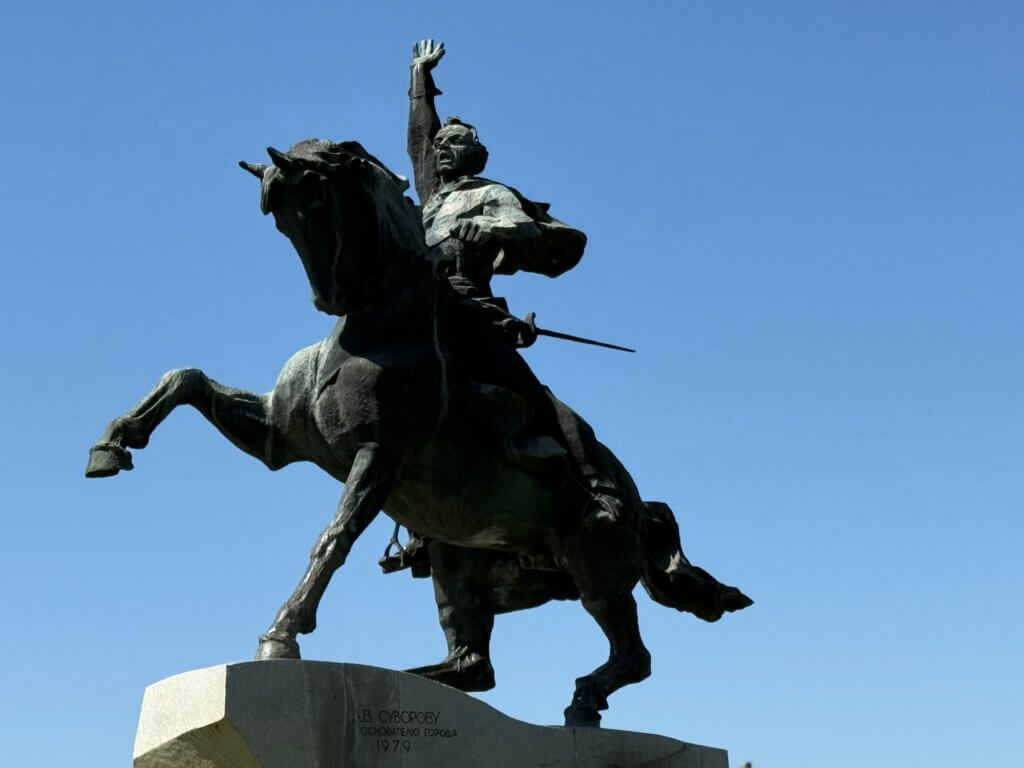
The origins of the modern conflict can be traced back to 1940 when Josef Stalin annexed Bessarabia from Romania under the Molotov-Ribbentrop Pact and merged it with Russian-speaking Transnistria to form the Moldavian Soviet Socialist Republic. As Moldova moved toward independence from the Soviet Union in the early 1990s and showed signs of potential reunification with Romania, tensions escalated in Transnistria where the predominantly Russian-speaking population feared marginalization. This led to the declaration of independence by Transnistria, which was condemned by Moldovan authorities who sent military forces to regain control. The situation escalated into a full-scale war in spring 1992, with volunteer military groups forming in Transnistria and Russian military forces (the former 14th Army) becoming involved. The conflict ended with a ceasefire agreement on July 21, 1992, but Russia has continued to provide military, political, and economic support to Transnistria, maintaining approximately 1,500 troops in the region.
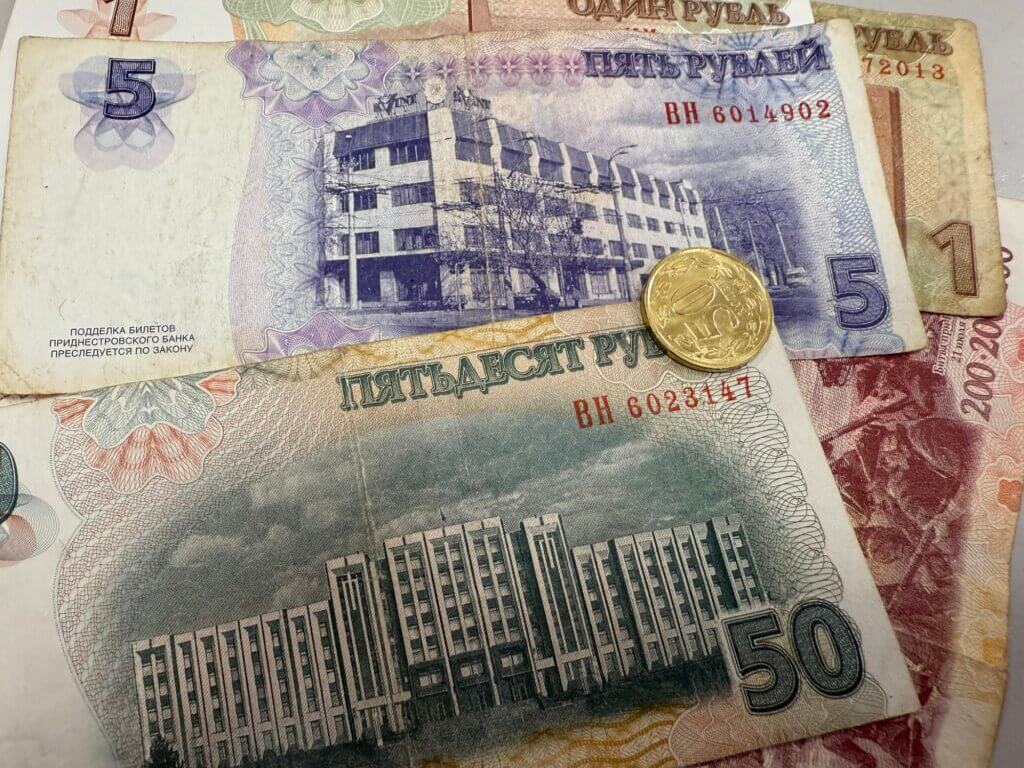
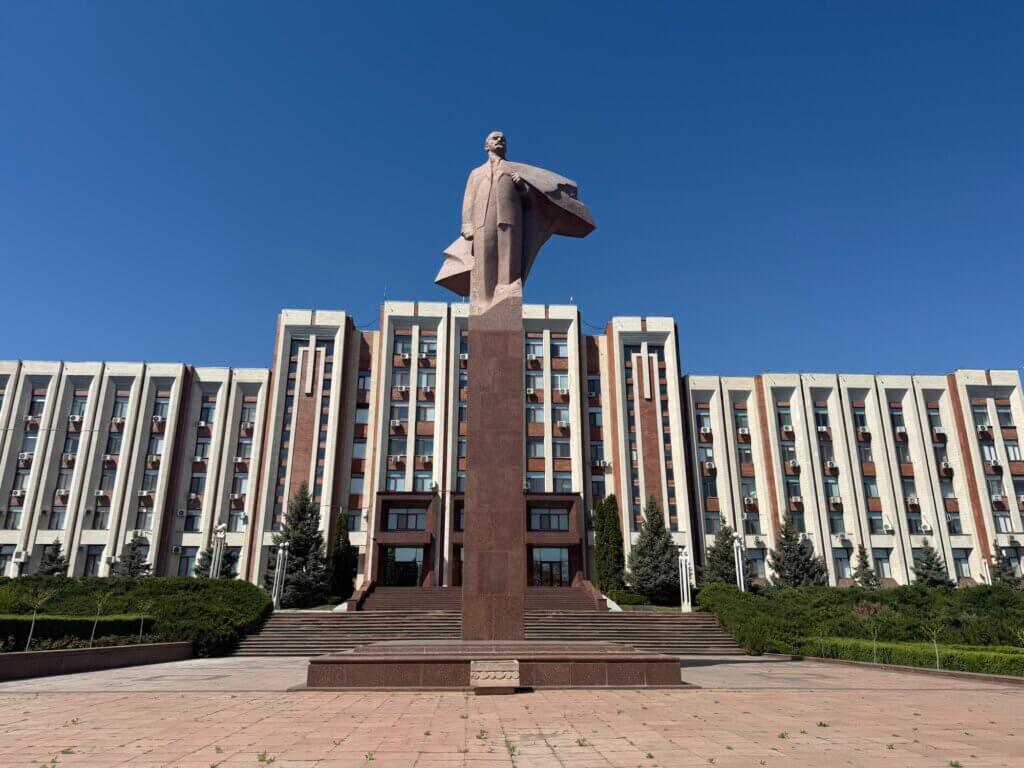
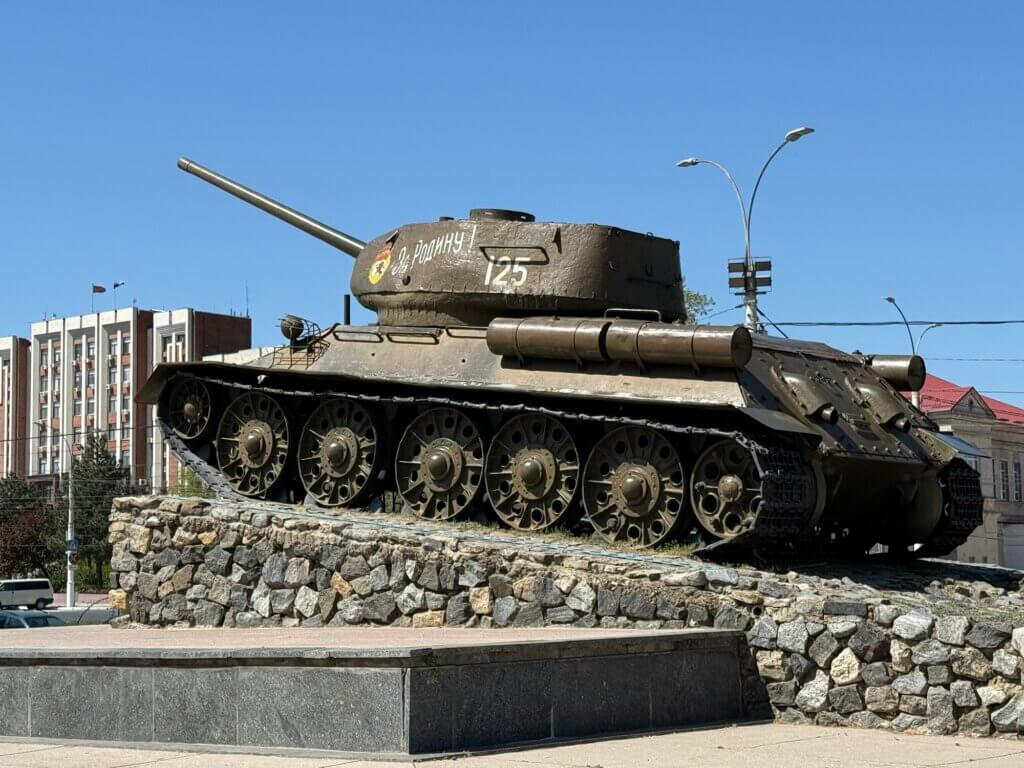
The region is referred to by different names, each with its own historical and political connotations. The official short name according to the de facto government is ‘Pridnestrovie‘, which literally means ‘by the Dniester‘ in Russian. However, ‘Transnistria‘ (meaning ‘beyond the Dniester‘) is the more commonly used term internationally. According to the Pridnestrovian Foreign Minister Vitaly Ignatiev, the term ‘Transnistria‘ is associated with the period of World War II and connected to ‘military, political crimes, and the Holocaust‘, which is why the government prefers ‘Pridnestrovie‘.
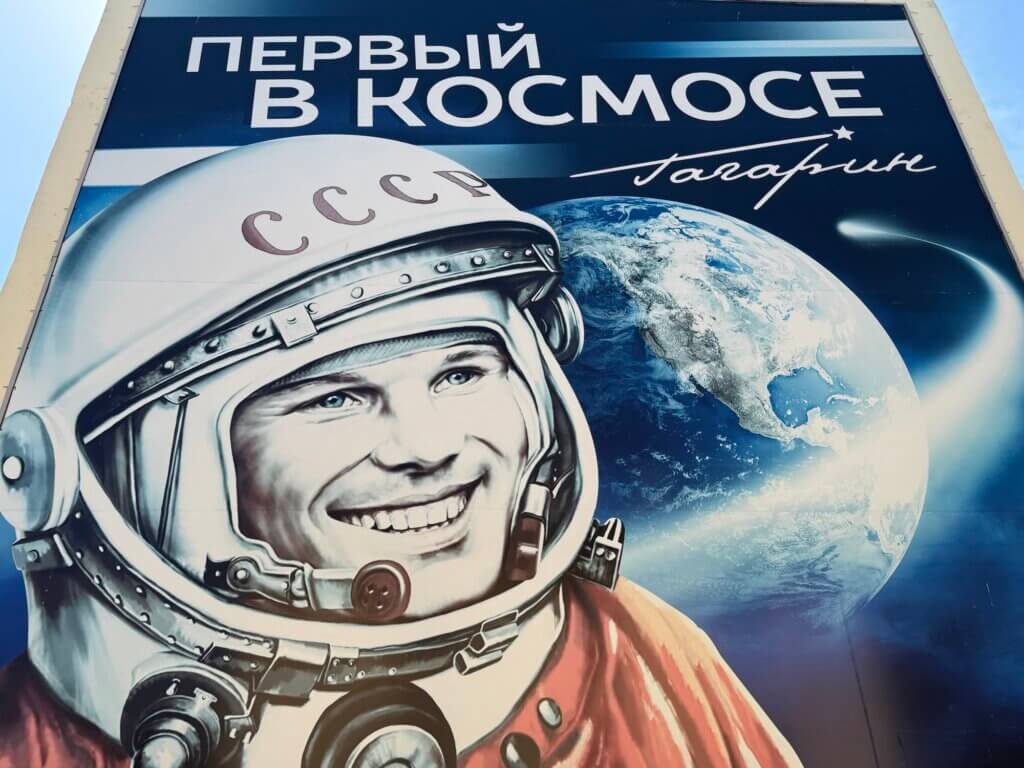
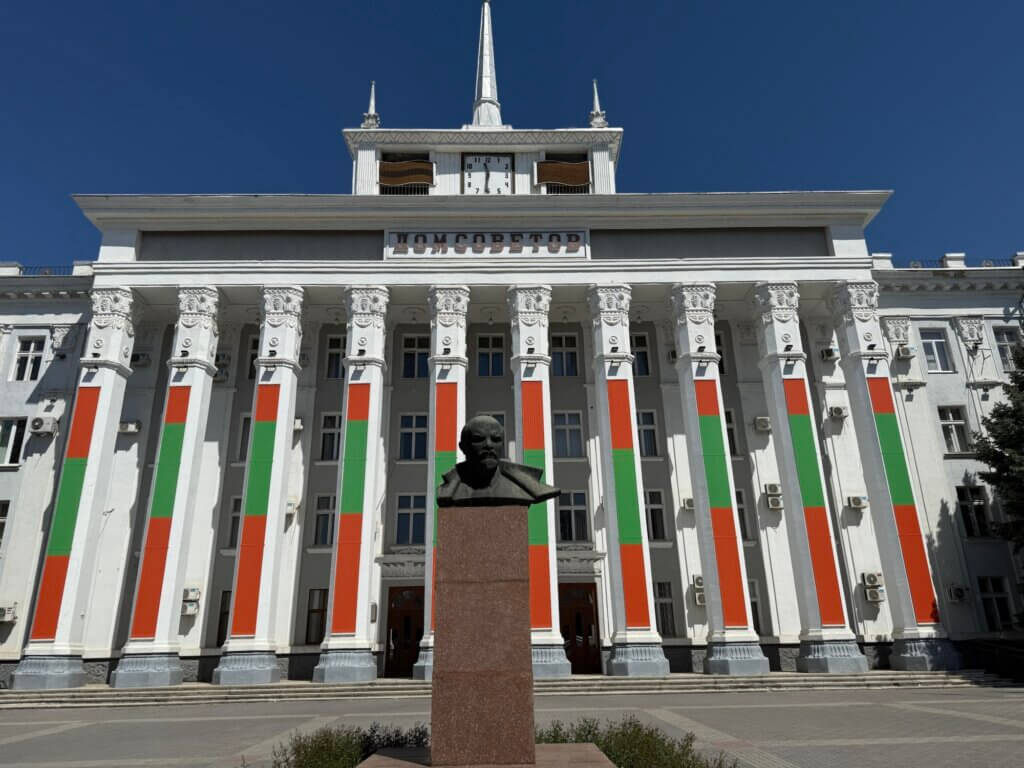
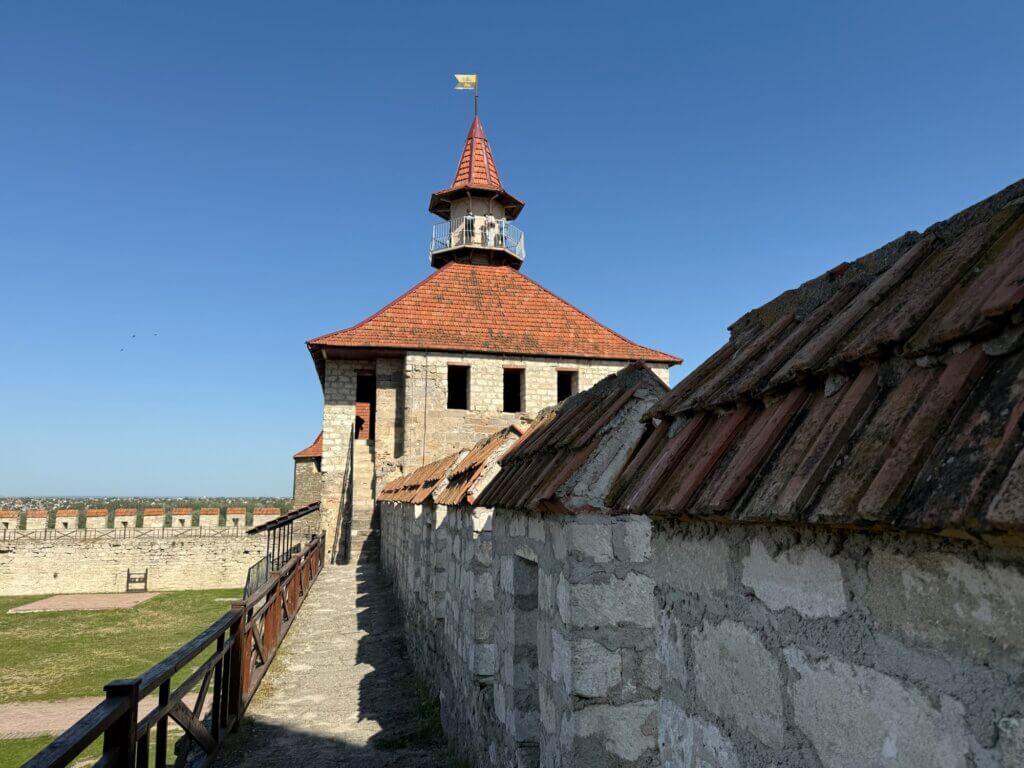
Today, Pridnestrovie functions as a de facto independent state with its own national bank, currency (the Pridnestrovian ruble), customs house, flag, and national anthem, though it is not recognized by any UN member state (only by South Ossetia and Abchasia, both belonging to Georgia). The territory occupies approximately 1,350 square miles (3,500 square kilometers) and has a population of about 367,776 as of 2024. The main city is Tiraspol, which serves as the capital. Despite displaying Soviet-era aesthetics, including the usage of the flag of the former Moldavian SSR, Pridnestrovie is not a socialist state but rather operates as a unitary semi-presidential republic under a capitalist economic system. The frozen conflict continues to this day, with the region remaining in a state of limbo regarding its international status.
Entering Transnistria is easy and hassle-free: as Moldova doesn’t accept this border, they don’t do border control. The Russian soldiers are completely passive and only located at the land border and the bridge between Bender and Tiraspol. At the Transnistrian side you have to exit your vehicle, hand in your passport and you get a paper slip into your passport that is collected again when you’re leaving.
Tiraspol / Тирасполь
Bender / Tighina / Бендер
Pridnestrovian Moldavian Republic
Loading map...


